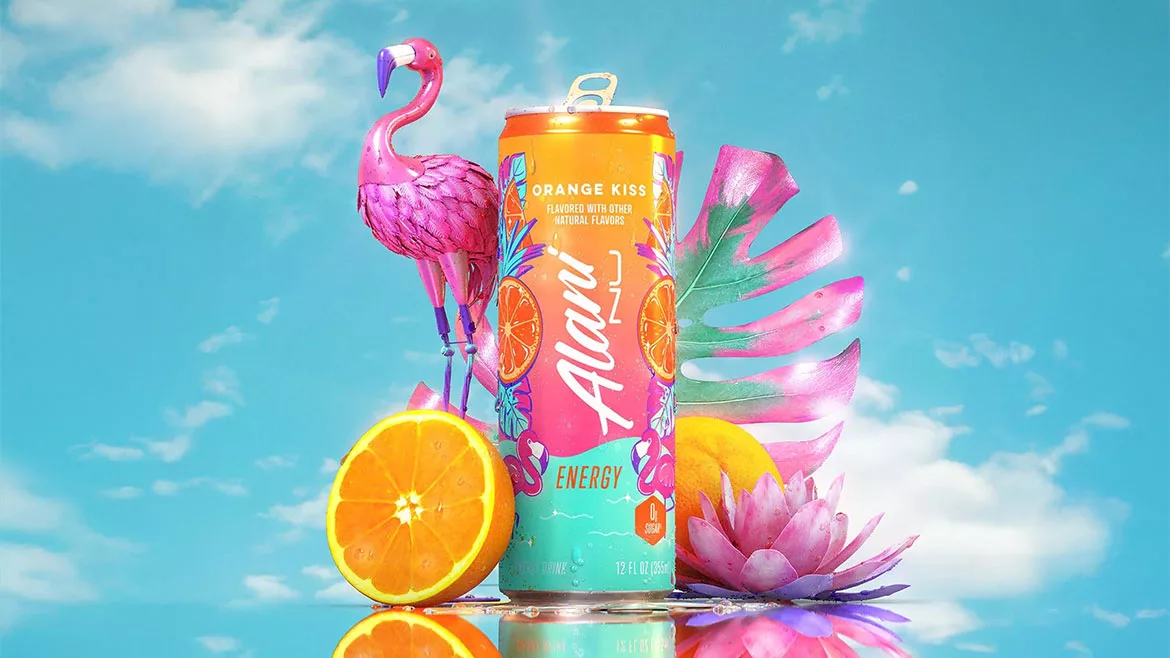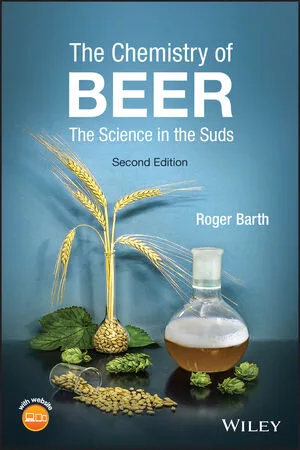Capital expenditure movement impacts beverage manufacturers, distributors
Volatility of market increases needs for capital expenditures
The beverage industry, along with electronics, textiles and food, is very volatile in terms of creating and maintaining an infrastructure that has flexibility in capacity and the capability to meet consumer demands on a periodic and sometimes instantaneous basis.
The infrastructure refers to the facilities, machinery and equipment, and logistics mechanisms that include the buildings, processing/production capability and distribution vehicles required to produce and distribute quality, sellable products. To create such an operating format involves capital expenditures, the responsibility of on-going maintenance, plus keeping up with technological changes.
In the beverage supply chain, there are various organizational structures used for operations and logistics depending upon the beverages involved. From an operations perspective, the type of beverage being processed is an important factor because it places the capital availability and expenditure issues in a high-priority position for the organization’s management.
From an overall viewpoint, beverage organizations usually involve several kinds of relationships: franchisor/franchisee, manufacturer/distributor, producer/distributor/third-party seller, and supplier/producer/distributor. Although there might be others, carbonated soft drinks (CSDs), beer, bottled water, sport/energy drinks, and spirits and wine operators will be in one of these categories. This is important to note because capital expenditures are required and the question focuses on who has the resources and responsibility in any given scenario.
In all of the categories, the beverage scene is changing because the rules and regulations are different, consumer preferences are more variable, and beverage manufacturers are attempting to run more efficient, cost-effective and profitable operations. Most categories follow the manufacturer-to-distributor chain; however, in CSDs where the franchisor/franchisee relationship is more prevalent, it is significantly different, especially with capital expenditures.
Because beverages are so volatile, during the past two decades there have been more than the usual periodic changes in organization structures and franchisor/franchisee relationships that have created a capital expenditure movement with important mandates on how beverage operations are planned and executed.
Although rearranging territories and reallocating routes are tactics that have been used for decades, the extent to which the changes affected capital expenditures and facilities maintenance was minimal or not too severe for all of the involved parties.
To exemplify what is happening in the capital expenditures movement, a logical starting point is to review the supply chain in the CSD arena, such as how it has existed with some variations from time to time as well as how it has transitioned in recent years.
Scenario A: The franchisor is the supplier of raw material to the franchisee for conversion, packaging and distribution. The franchisor has a facility to produce the raw material, which initially required capital but no conversion, packaging or distribution capability arrangement requiring capital monies involved because that becomes the responsibility of the franchisee.
An exception is when the franchisor also is a franchisee (franchisor owned), in which case the franchisor assumes the capital expenditure responsibility required by any franchise. In the CSD arena, experience and actual industry conditions sufficiently substantiate this exception that has occurred from time to time and might currently be in existence. This also becomes important because the franchisor is involved in a full-cycle supply chain.
Scenario B: The franchisor is the supplier of raw material to the franchisee for conversion, packaging/production and distribution. The franchisor has a facility to produce the raw material, which required initial capital investment in an equipped facility, (usually a long-term sustainable unit) with no substantial (on-going) capital required for large-scale packaging/production or distribution.
An exception is when the franchisor primarily is a franchisor/supplier of basic raw material to the franchisee. In this scenario, it becomes the turning point in the capital expenditure movement. Franchisors own no franchises and, therefore, have only the responsibility of serving as the raw material supplier to their non-owned franchises.
Another situation involves independent brand, and/or private-label products produced by a contract packer that are licensed to package and distribute by contract. In this case, the licensor usually has no capital involvement unless some special arrangement is negotiated.
It is entirely possible, with the volatility of the beverage marketplace, to have a combination of Scenarios A and B in existence, particularly as the current movement progresses to fruition.
From an operations perspective, capital expenditures directly impact a beverage operator’s bottom line, resulting in companies looking at the needs and whys.
- Franchisor: no need for buildings except raw material production, processing/packaged production, distribution capability, and yearly capital expenditure
- Franchisee: need for buildings, machinery and equipment, distribution vehicles, and yearly capital expenditure
From observation, discussion and site visits, it has been possible to recognize, especially in CSDs, the capital expenditure movement from franchisor to franchisee has been a major factor in the restructuring and/or realignment process. BI
Looking for a reprint of this article?
From high-res PDFs to custom plaques, order your copy today!




